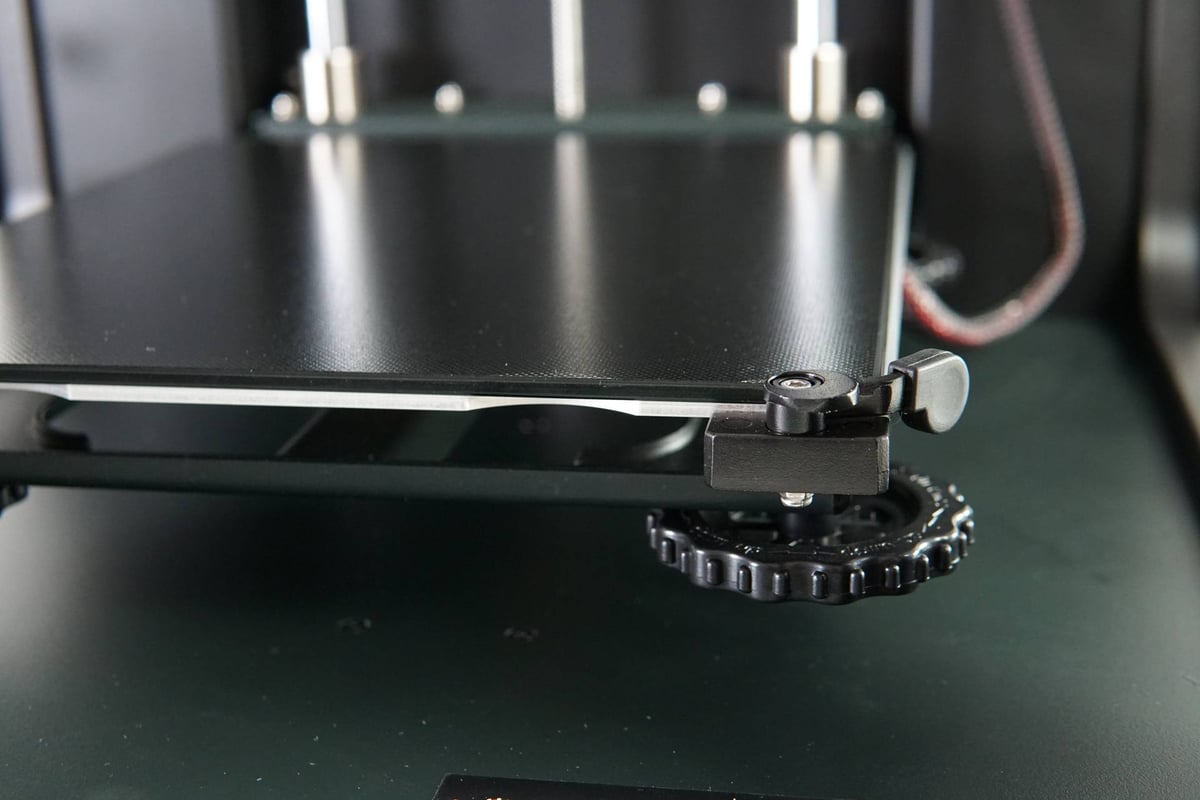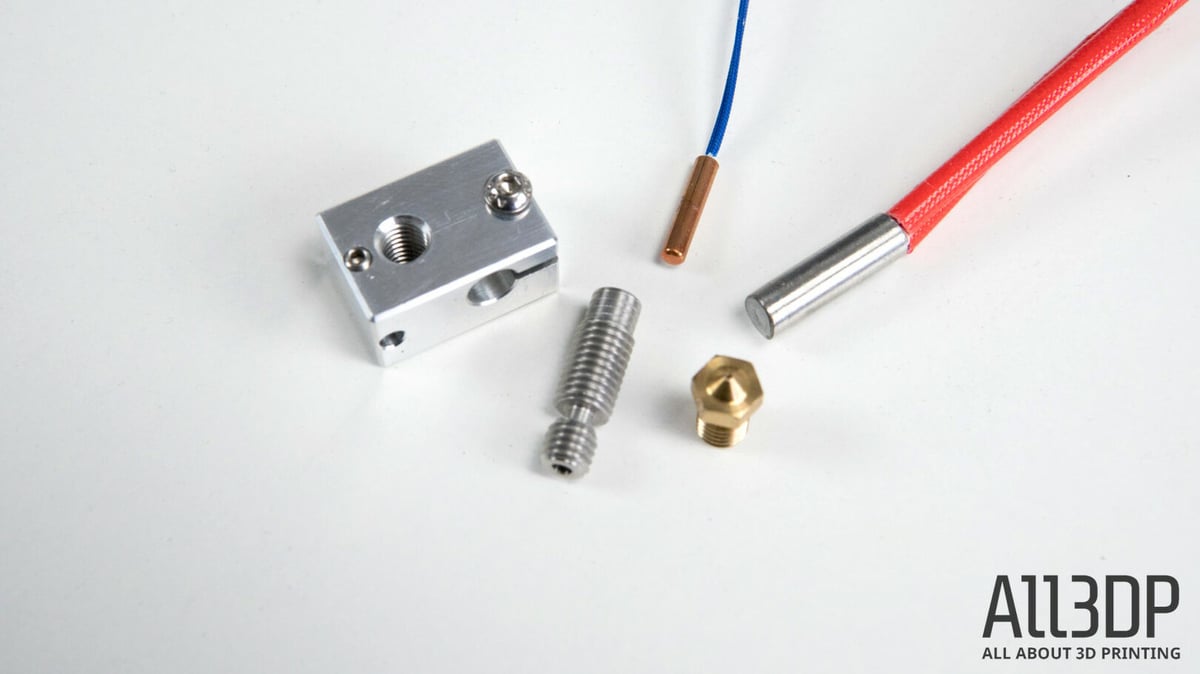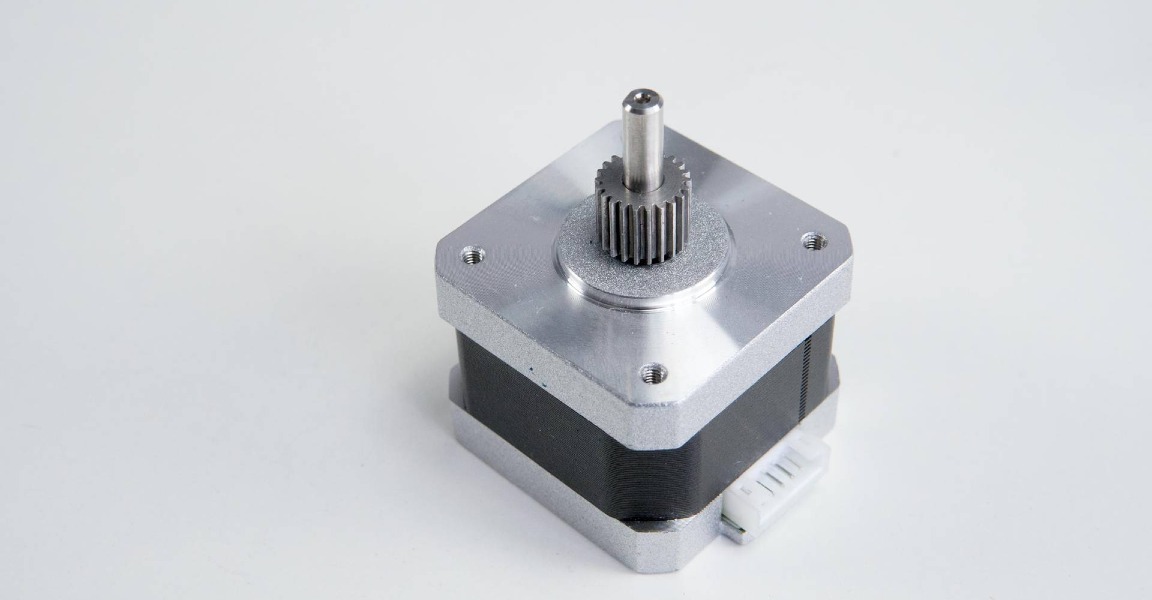Amid the whirlwind of the new Trump administration’s first months in office, one thing is abundantly clear: things are moving fast and unpredictably beyond business as usual.
The early, headline-grabbing changes have been the imposition of tariffs on goods from China, Mexico, and Canada, signed into effect with an executive order under the Emergency Economic Powers Act. In China’s case, this now 20% blanket levy on imported goods applies to a staggering number of products that are commonplace and essential in 3D printing, and adds to the 25% levy initially applied during Trump’s first term, in 2018.
The affected goods in the 3D printing space are wide, from whole systems like 3D printers, to the materials we print with, and then the components that 3D printer manufacturers in the US use to build their machines.
Such tariffs are collected stateside, to be paid by the importee, meaning US businesses and individuals as well as international concerns that manufacture in China but sell in the US, will now pay 20% extra to import the tariffed item.
So far, so simple. Of potentially far more significance to 3D printing consumers is that these tariffs will eventually apply to all goods from China, including low-value packages to a limit of $800 that, for now, pass through the border unimpeded and exempt from standing tariffs. That exemption is called de minimis, and is expected to be struck out in the future.

De Minimis is the Kicker
With de minimis gone, you would be looking at import duties of up to 45% or beyond on budget desktop 3D printers shipped directly from China. That, and the materials we feed to our machines. Spinning out from this are the components that 3D printer manufacturers in the US use to build their machines – individual parts of the supply chain that make up modern production. Not to mention the stock that resellers import to then sell on to you: hardware, materials, accessories, and tools, much of which is sourced from China.
The tariffs apply not only to the end user, but the import of these goods at any stage of their journey, meaning there could be compounding expenses throughout a product’s manufacturing before eventual sale to the end user. Those costs are, inevitably, passed on to you.
At the beginning of February, the administration closed off de minimis, and then quickly revised its decision and paused the repeal. It is said this is to allow customs the time to manage the disruption the initial order, made with 48-hours notice, had caused. When exactly it will come into force again is unclear.
The winners of this dramatic shift will be “the prepared,” says Kevin Pope, CCO and co-founder of MatterHackers, California-based 3D printing reseller and supplier that caters to a diverse customer base including education, Fortune 500 companies, and private consumers. In a call with All3DP, Pope explained that the businesses you might least expect are the ones that may suffer the most. “There has been a reshuffling of the supply chains in China for some time … I’m more worried about our European partners than I am about our Asian partners and partners in China, because it would be surprising and I don’t think they’re as prepared.”
“From our perspective, the elimination of the de minimis exception is likely to have a larger and more unpredictably disruptive effect than the 10% increase [now 20% – another 10% has been added since this conversation took place] itself.”
This tax and tariff-free exception was how low-cost marketplaces like Temu and Shein could thrive, with the U.S. Department of Commerce reporting an estimated four million such low-value packages passing through the border daily in 2023. A more relevant example in the 3D printing space would be AliExpress and its mind-boggling array of cheap 3D printers and electronics components. To some, it was a loophole ripe for exploitation. It has, nevertheless, allowed low-cost desktop 3D printing to thrive.


The obvious implications of this change – an end to the frictionless purchase of inexpensive products from Chinese marketplaces – draws focus from the supply-chain issues that household names in 3D printing may face.
Predictably Unpredictable
One name that is prepared and has spent the last years working to insulate itself against such shocks is Prusa Research. “Tariffs on China will not have any impact on us – the majority of our printer components, especially critical components like processors, are sourced from Western manufacturers,” says Rudolf Krčmář, CMO at Prusa Research. “We will be keeping an eye on potential tariffs against the EU, but regardless, we are actively scaling up our production capabilities in the U.S.” Indeed Prusa’s 2022 acquisition of Printed Solid, a U.S.-based 3D printer reseller and filament manufacturer, seems even cannier now than it did back then.
Despite this, the company’s self-published product passports for the Original Prusa i3 MK3S (now discontinued), MK4, and XL 3D printers, which dive deep into the origin of components and footprints of the machines, show that roughly 30% of the devices’ components come from China, a percentage we don’t expect to have changed much with newer models, even if the printers are assembled in the U.S. That aside, the Trump administration has indicated it will soon slap a 25% tariff on European-made goods coming to the U.S., imperiling even companies such as Prusa, which is prepared.
Add to this administrative fees and the potential rise in cost alone could be 45%+, once the de minimis exemption is gone. Some napkin math suggests a printer like the Creality Ender 3 V3 SE, currently $199 on Creality’s website (already up from $169 at the beginning of the year) should jump to $288. Even U.S. manufacturers that build Made in the U.S. 3D printers using components from China (which is likely) will have to contend with such rises. The low-value exception going away is where the new changes have the biggest potential to hit 3D printing enthusiasts.
In the grander scheme of things, Pope believes there may be a leveling of the playing field for U.S. businesses. “Certainly, I feel like the de minimis was a weird exception that undercut the point of our [U.S.] tariffs … overall, it could be good, but there’s a lot of shocks potentially coming down the pipe, near term.”
The consequences ripple out further still, as border infrastructure must cope with the strain of additional checks on the millions of items that previously would pass through unimpeded. Uncertainty and confusion on this latter point peaked in early February when the United States Postal Service (USPS) briefly refused to accept shipments from China and Hong Kong following the elimination of de minimis, before reversing its decision a day later. The administration then repealed the decision days after that, presumably to be reinstated later.
Buy Now, Before Prices Go Up
Pope’s advice to those mulling purchases of new 3D printing products is to act now. “I think as things work their way through the system, manufacturers are potentially going to see impacts that they didn’t expect. So from that perspective, you may see multiple steps of price increases as people factor in their supply chain.”
Already we have seen Bambu Lab increase the U.S. prices for its hardware by approximately 3%, a measure the company confirmed to All3DP was a reaction to the new rules.
Something that’s difficult to anticipate and factor into your buying is knowing which companies and brands are more exposed to the risks than others. Already from our conversations with Pope and others, there are household names in 3D printing that you wouldn’t assume are at significant risk. It is logical to assume that hardware is the most exposed, with machines requiring many components – chiefly produced in China – having the most contact points with the changes in taxation. “If you were going to stock up on anything right now, stock up on your hot ends, your nozzles, all of those accessories because I think that they’re the most exposed, but also there’s the least clarity around it. So you might see surprising price increases there.”
License: The text of "Brace Yourself: The Era of Cheap 3D Printing Is Ending" by All3DP is licensed under a Creative Commons Attribution 4.0 International License.
 Stay Informed, Save Big, Make More
Stay Informed, Save Big, Make More